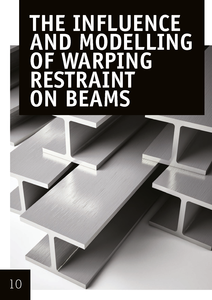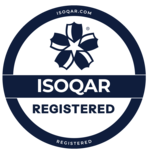
Saint Venant, [1], established his theory of torsion (1853) by assuming axially invariant modes of tangential and axial (warping) displacements. In conjunction with known static boundary conditions the equations of elasticity were satisfied leading to the exact solution for pure torsion. His theory assumes free warping displacement and when this is restrained the torsional stiffness is increased to a degree dependent on the shape of the cross section. The basic beam finite element formulation assumes free warping but there are also elements that include a warping freedom thereby allowing warping to be controlled. This article details a design scenario where the manufacturing process of a structural steel member of ‘I’ section was changed from rolling to machining. This change enabled thick integral end plates to be machined in to allow bolting to adjacent members. Prior to the design change warping restraint had not been considered but with the addition of integral end plates it became clear that a study would be required to establish how these restrained the warping and therefore changed the (torsional) stiffness of the member. Beam elements were used to model the structural members and the influence of different element formulations on the structural response are compared. In addition verified three dimensional solid models were used to provide validation for the beam solutions. To verify the modelling approach adopted and to provide solutions that may be checked with closed-form solutions, members with other cross sections are also considered.



